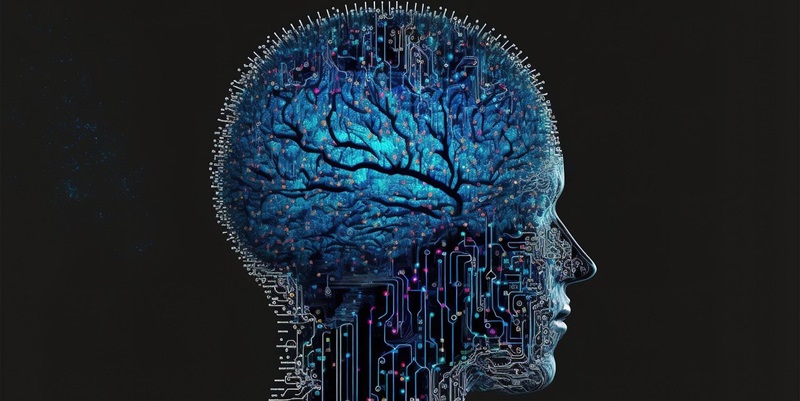At the Mobile World Congress, Brain.ai unveiled an AI-powered technology aiming to transform how we interact with smartphones. This innovation is timely, considering the stagnancy in current mobile interfaces. Brain.ai has intricately woven generative AI into Android’s core, enhancing the system’s reactivity and customizing it to individual user preferences.
This technological leap is not confined to high-tier smartphones, it’s optimized for a broad spectrum of devices, making advanced tech accessible to all. Brain.ai’s approach indicates a departure from traditional, static user interfaces to a more fluid and personalized experience, signifying a new direction in smartphone evolution. This integration hints that the future of mobile interactions will rely on AI’s dynamic capabilities to reshape our digital experiences.
Rethinking the Role of Hardware Specifications
In an industry often criticized for its obsession with hardware upgrades, Brain.ai’s promise to drive performance optimization across various device tiers is indeed groundbreaking. At the Mobile World Congress, demonstrations of the new AI interface on budget smartphones caught the attention of tech enthusiasts and industry professionals alike. It became clear that Brain.ai’s technology is not exclusively for flagship models – it is a holistic solution intended for all.
Their proprietary software tweaks the norm, establishing a user experience that does not hinge on the latest Snapdragon processor or the largest available RAM. Instead, it focuses on intelligent resource management and learning user patterns to improve performance. This approach could not only extend the lifecycle of older devices but could also mitigate the growing electronic waste crisis by reducing the need to frequently upgrade hardware.
Respecting User Data in the Age of AI
In a climate where data privacy is a paramount concern for users, Brain.ai has strategically anchored its technological advancements with robust security measures. The AI interface champions transparency and user autonomy, veering away from the commodification of personal information. By circumventing the reliance on external third-party applications, the firm provides a self-contained ecosystem where every aspect of data processing is clear to the end-user.
Moreover, the integration of generative AI into the operating system redefines how privacy can be maintained while offering personalized experiences. Brain.ai’s technology learns from the device owner, applies those learnings locally, and adapts its functionalities – all while keeping a tight lid on personal data. Their stance on privacy spells a refreshing departure from the status quo, where many feel their personal information is at the mercy of obscure algorithms and sprawling corporate data centers.
Securing the Future of Mobile Tech
In this new chapter of mobile technology, Brain.ai emerges not only as an innovator but also as a protector of personal information. While the industry has been playing catch-up with security protocols, Brain.ai’s preemptive measures ensure that user data stays in the rightful hands – those of the user.
Setting its sights beyond mere functionality, the firm has embedded stringent privacy protocols within every layer of its AI interface. This creates a secure environment where users can engage with their devices’ AI capabilities without trepidation. Brain.ai’s dedicated approach to safeguarding data establishes a benchmark for competitors and reasserts the foundational role of trust in the relationship between technology and its users. As the company gears up for its launch, it promises not just an innovative product but a secure, user-focused platform that could very well set the standard for the future of smart devices.

